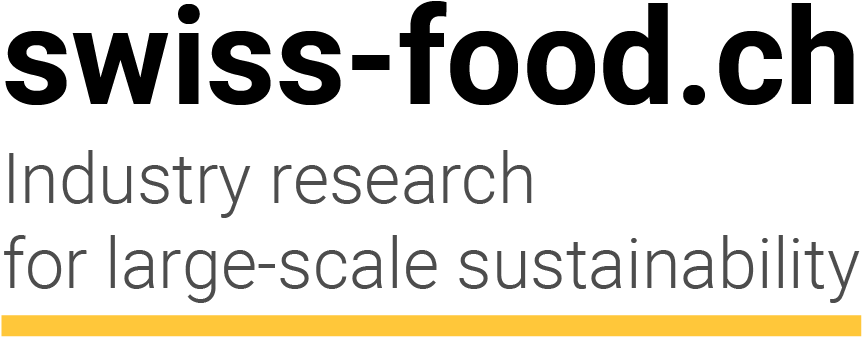
Pestizide, Biozide, Pflanzenschutzmittel
Der Begriff «Pestizid» stammt ursprünglich von «Pest» ab, dem englischen Wort für Schädling. Ein Pestizid ist ein Schädlingsbekämpfungsmittel.
Wednesday, January 22, 2020
Content in German
Nach Definition der Weltgesundheitsorganisation (WHO) und der Ernährungs- und Landwirtschaftsorganisation der Vereinten Nationen (FAO), sind Pestizide Substanzen oder Stoffmischungen aus chemischen oder biologischen Inhaltsstoffen zur Abwehr und Bekämpfung von Schädlingen, Krankheiten und Unkräutern sowie Pflanzenwachstumsregulatoren. Pestizide lassen sich in Biozide und Pflanzenschutzmittel unterteilen.

Diese Definition entspricht ebenfalls den Begriffserklärungen von Pestiziden und Pflanzenschutzmitteln in der Europäischen Union (EFSA, EU-Richtlinien).
Biozide
Biozide sind Chemikalien oder Mikroorganismen zur Bekämpfung von Schädlingen. Sie wirken auf chemischer oder biologischer Weise. Man nennt sie auch nichtlandwirtschaftliche Pestizide, weil sie im Gegensatz zu den Pflanzenschutzmitteln nicht beim Anbau von Pflanzen verwendet werden. Biozide können in vier Hauptgruppen unterteilt werden: Desinfektionsmittel, Schutzmittel, Schädlingsbekämpfungsmittel und sonstige Biozidprodukte.
Beispiele für Biozide sind:
- Insektensprays, «Insektenplättchen», Repellent («Anti-Brumm») zum Töten oder Vertreiben von Mücken und Vermeiden von durch Mücken übertragenen Krankheiten wie Malaria oder Denguefieber. Auch zum Schutz von Vieh vor lästigen Insekten.
- Hunde- oder Katzenhalsbänder zur Vertreibung von Zecken und Flöhen.
- Desinfektionsmittel zum Schutz von Lebensmitteln (z.B. beim Transport via Schiffscontainer) oder zum Händereinigen in der Lebensmittelverarbeitung.
- Ameisenköder oder Rattengift
- Mehr über Biozide lesen Sie hier
Gut zu wissen
Wird beispielsweise ein Fungizid oder ein Insektizid zum Schutz des Menschen (zum Beispiel als Schutz vor durch Insekten übertragbaren Krankheiten wie Malaria oder weiteren tropischen Krankheiten) eingesetzt, ist es kein Pflanzenschutzmittel, sondern ein Biozid. Wird ein Fungizid oder Insektizid zum Schutz der Pflanzen eingesetzt, ist es ein Pflanzenschutzmittel. In beiden Fällen ist es ein Pestizid.
Sources
Related articles

Grain beetle eats its way through Swiss grain stores
The grain beetle is spreading in Swiss grain stores. Introduced via international trade, it threatens harvests and impairs food quality.

New problem: soft bugs, native pests discover fruit and vegetables
Soft bugs are spreading at lightning speed in fields and greenhouses in southern Germany. These pests are destroying fruit and vegetables and pushing agriculture to its limits. Effective plant protection products must be found urgently to safeguard harvests.

Three times more Asian hornets – biocides needed
The Asian hornet has been a threat to the native honeybee for several years. The situation continues to worsen. As new figures show, there were almost 4,000 sightings last year – a threefold increase in the number of Asian hornets. The pest is attacking biodiversity. Politicians are also alarmed.

Is the industry exporting banned pesticides?
NGOs and the media repeatedly report on Swiss manufacturers of plant protection products who export pesticides that are banned in Switzerland. They claim that weak regulations in the importing countries are being deliberately exploited. However, this is not the case. Swiss manufacturers adhere to strict international standards when exporting plant protection products. Since approvals are also tailored to agronomic needs, the crops grown and the market, regulation from Switzerland makes no sense.

